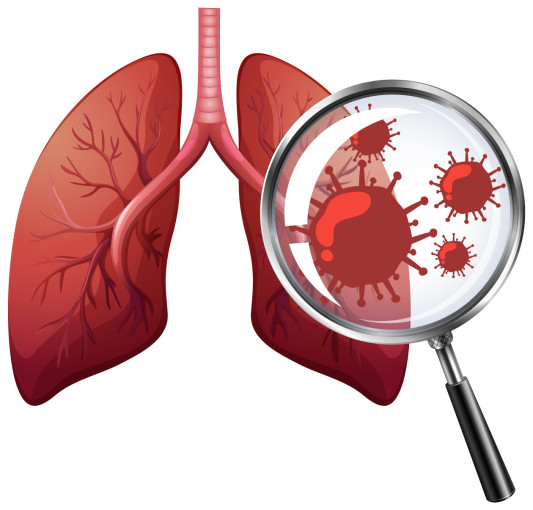
A recent surge in mysterious pneumonia cases affecting numerous children in China has prompted heightened concern. The outbreak has seen a notable uptick, triggering the Indonesian Ministry of Health to issue a cautionary circular about the situation.
This circular is directed at various health authorities in Indonesia to prepare for and prevent the potential spread of pneumonia.
Astari Pranindya Sari, MD, a pulmonologist at the UGM Academic Hospital, advises the public to stay vigilant without succumbing to panic, emphasizing the importance of recognizing the potential transmission of this disease.
Currently, no definitive evidence points to the cause of pneumonia affecting Chinese children, with suspicions ranging from the influenza virus, rhino syncytial virus (RSV), Mycoplasma pneumoniae, and other unidentified factors.
“The cause cannot be concluded yet, and investigations are still underway,” she mentioned during a recent interview.
To curb the transmission of this disease, the pulmonologist recommends several precautionary measures. Practicing a clean and healthy lifestyle, mainly through diligent handwashing with soap, is a primary preventive measure.
Additionally, wearing masks correctly and maintaining a safe distance from symptomatic individuals are strongly advised.
“The emphasis is on heightened awareness of contact, as the transmission of this disease occurs through airborne droplets during coughing or sneezing, as well as contact with contaminated objects,” she explained.
Astari Sari outlined common pneumonia symptoms, including a productive cough, fever, chills, and shortness of breath.
If symptoms persist or worsen despite conventional treatments such as fever-reducing medications, rest, and improved nutrition, seeking prompt medical attention at the nearest healthcare facility is advisable.
Furthermore, she clarified that pneumonia has various causes, primarily from bacteria, viruses, and fungi. Bacterial culprits encompass Streptococcus pneumoniae, Legionella pneumoniae, Mycoplasma pneumoniae, and Chlamydia pneumoniae.
Viral contributors include the influenza virus and rhino syncytial virus (RSV). Fungal causes usually derive from Cryptococcus, Aspergillus, and Pneumocystis genera.
“Pneumonia results from an inflammatory process in the lungs for various reasons. It can be triggered by bacteria, viruses, fungi, or the inhalation of water and irritating substances to the lungs,” she explained.
Author: Ika
Image: Freepik

